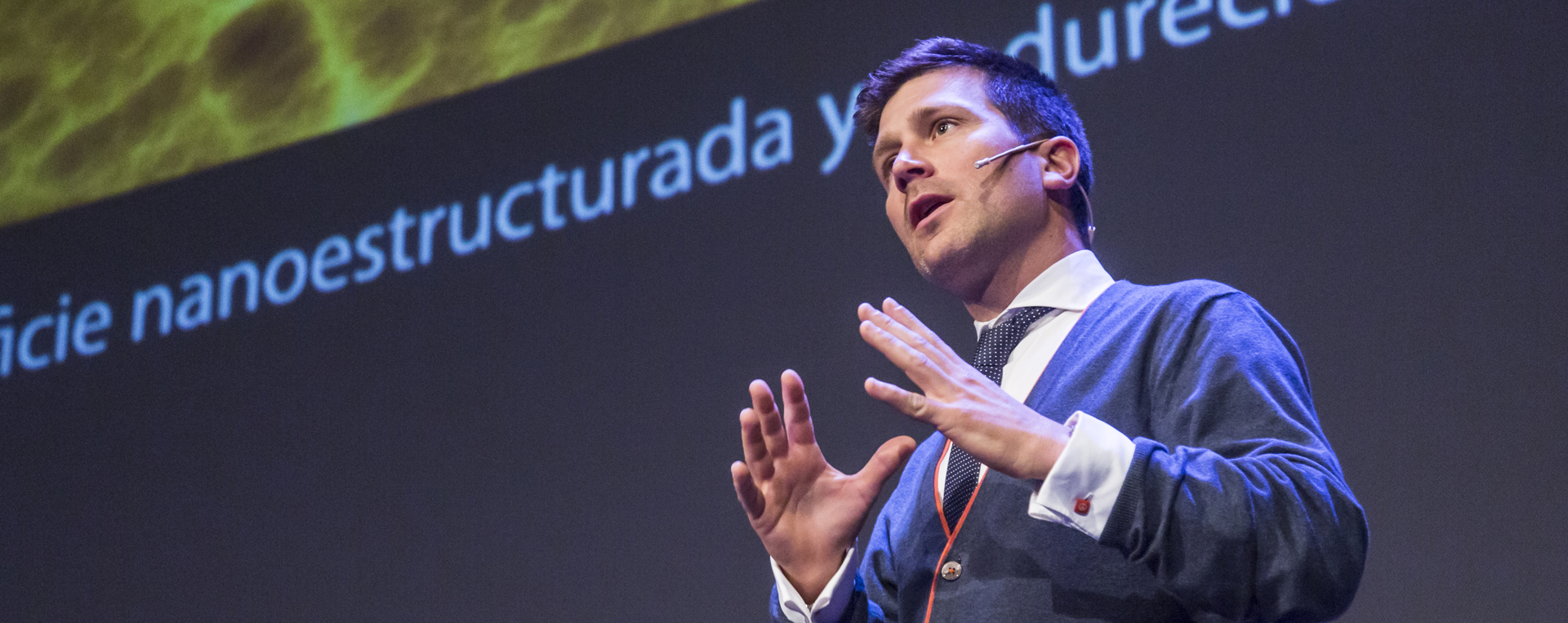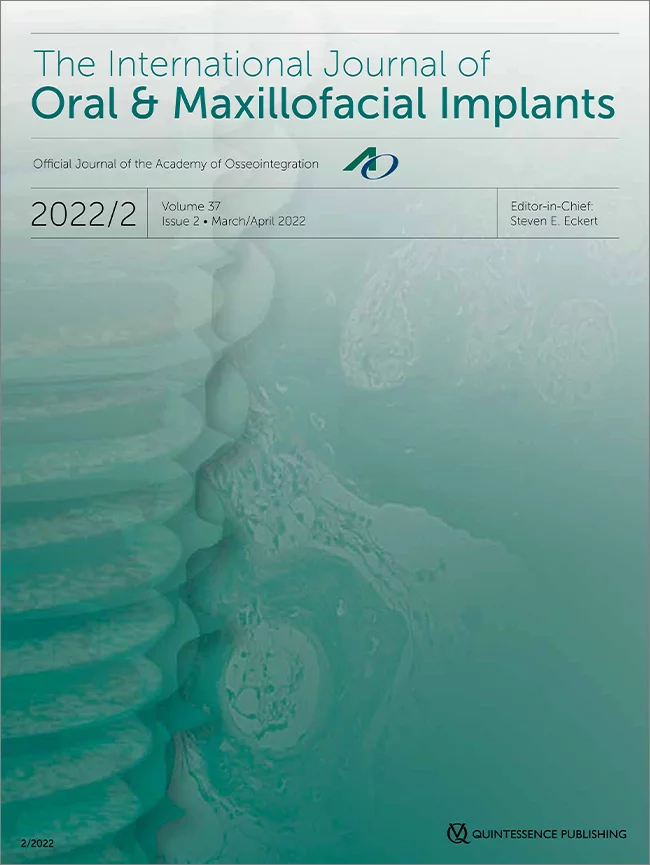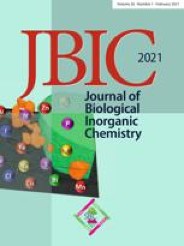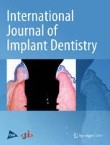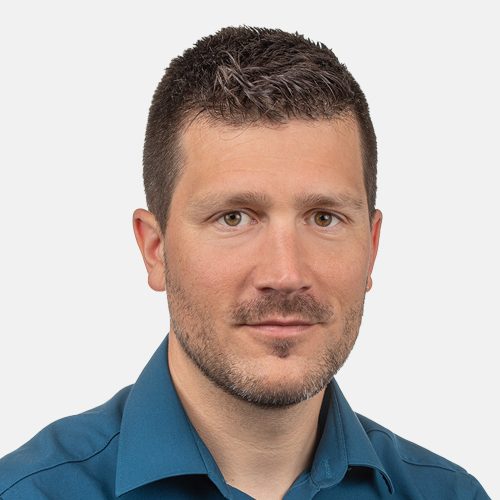
Ricardo Tejero
Doutoramento em Biomedicina e Biologia Molecular
Chefe do Laboratório de Materiais e Superfícies do Instituto de Biotecnologia BTI.
Artigos publicados
- Autor:
- Eduardo Anitua
- Ricardo Tejero
Coarse Surface Microcavities Permit Bone Ingrowth and Improve Implant Osseointegration
Narrow dental implants are commonly used to restore narrow alveolar ridges. Although the good performance of narrow dental implants supporting multiple prostheses has been repeatedly demonstrated, there are few studies analyzing their performance in a long-term follow-up together with the influence of the loading protocol. Thus, the objective was to assess the influence of implant loading protocol (immediate vs delayed) on the long-term outcomes of 3.0-mm-diameter dental implants supporting fixed multiple prostheses.
- Autor:
- Eduardo Anitua
- Ricardo Tejero
- Francisco Romero-Gavilán
- Andreia Cerqueira
- Iñaki García-Arnáez
- Cristina Martinez-Ramos
- Seda Ozturan
- Raul Izquierdo
- Mikel Azkargorta
- Félix Elortza
- Mariló Gurruchaga
- Isabel Goñi
- Julio Suay
Protein adsorption/desorption dynamics on Ca-enriched titanium surfaces: biological implications
Calcium ions are used in the development of biomaterials for the promotion of coagulation, bone regeneration, and implant osseointegration. Upon implantation, the time-dependent release of calcium ions from titanium implant surfaces modifies the physicochemical characteristics at the implant-tissue interface and thus, the biological responses
- Autor:
- Eduardo Anitua
- Ricardo Tejero
- Andreia Cerqueira
- Francisco Romero Gavilán
- Iñaki García Arnáez
- Cristina Martinez Ramos
- Seda Ozturan
- Mikel Azkargorta
- Félix Elortza
- Mariló Gurruchaga
- Isabel Goñi
- Julio Suay
Influence of calcium ion-modified implant surfaces in protein adsorption and implant integration
The application of the counter-torque technique has been proposed as a conservative and atraumatic alternative for the explantation of nonmobile dental implants. The objective of this report is to assess the performance of this technique in a large number of patients.

 Español
Español
 English
English
 Français
Français
 Italiano
Italiano

